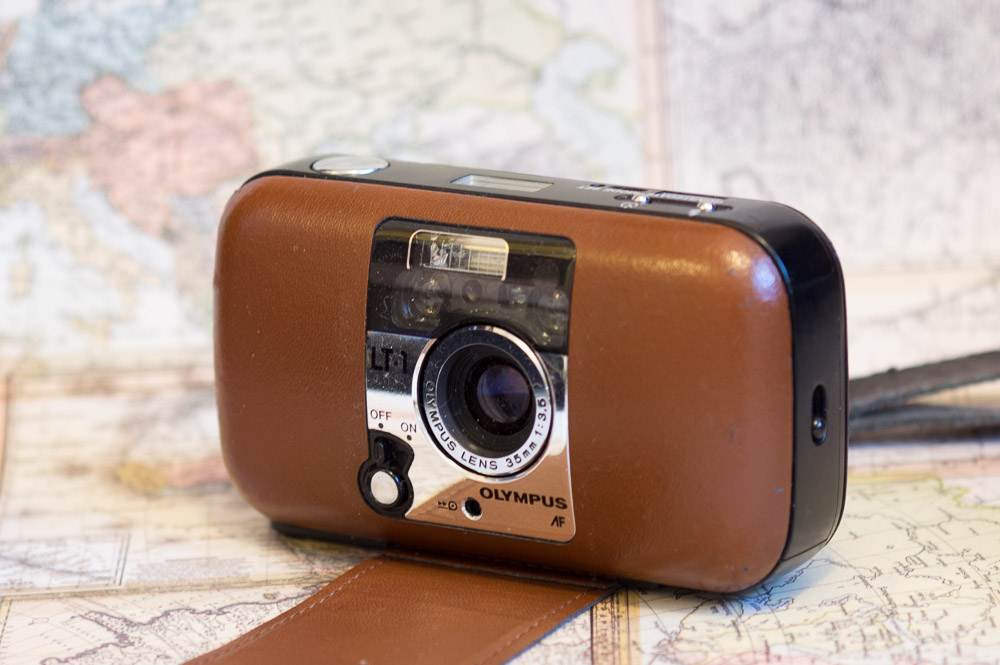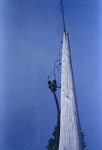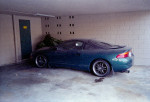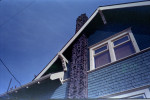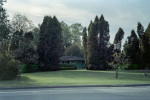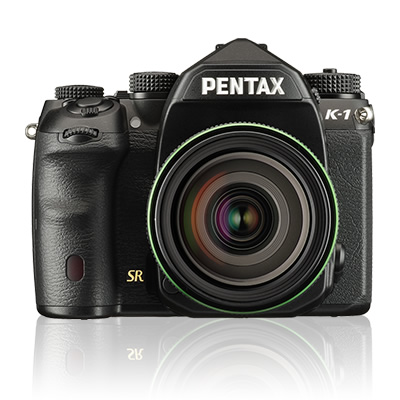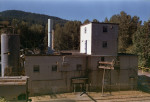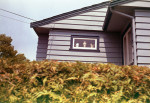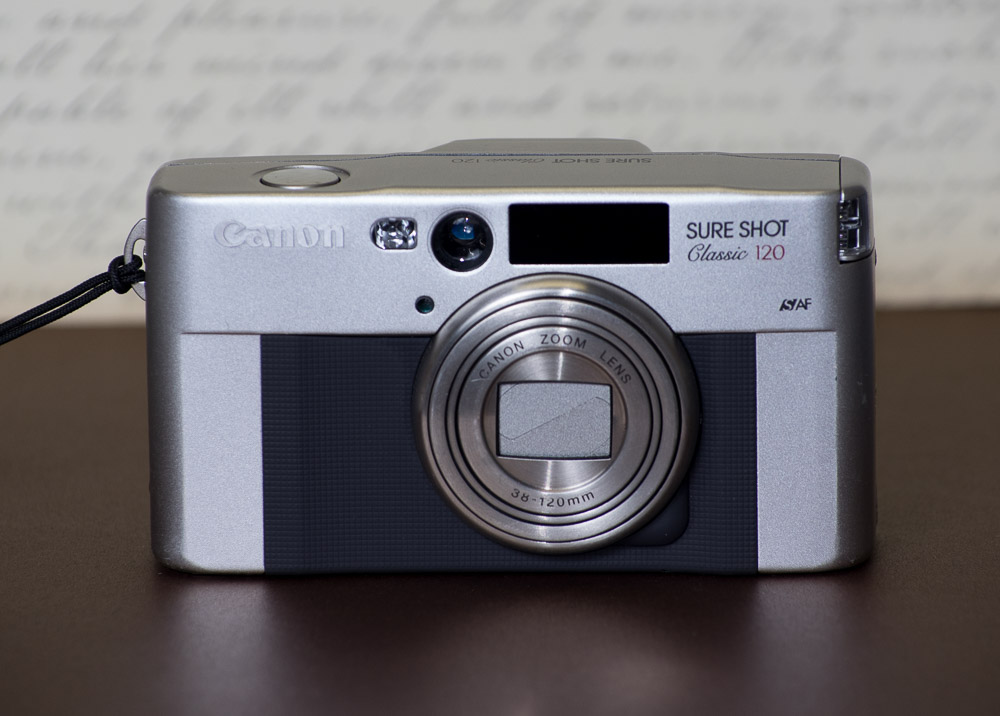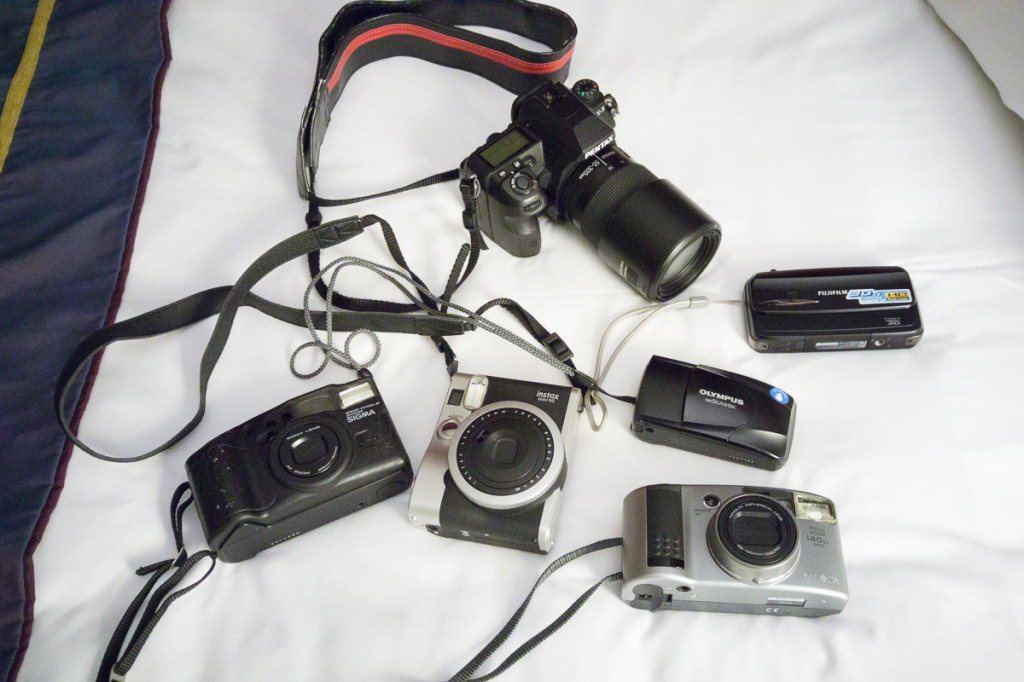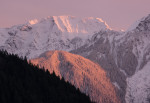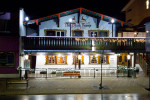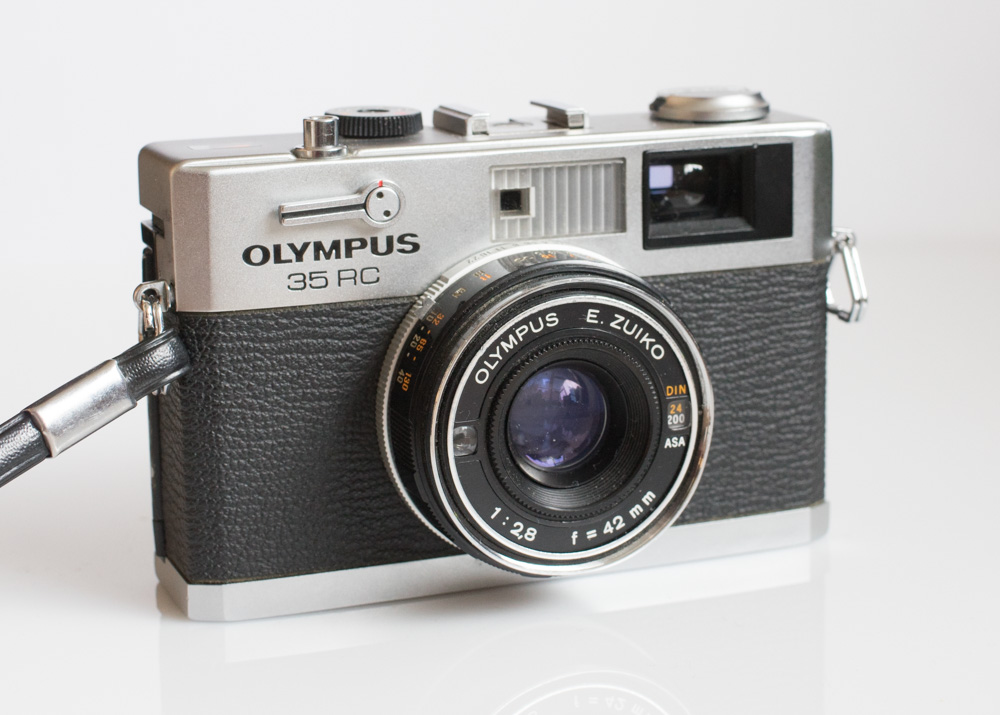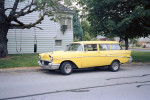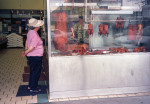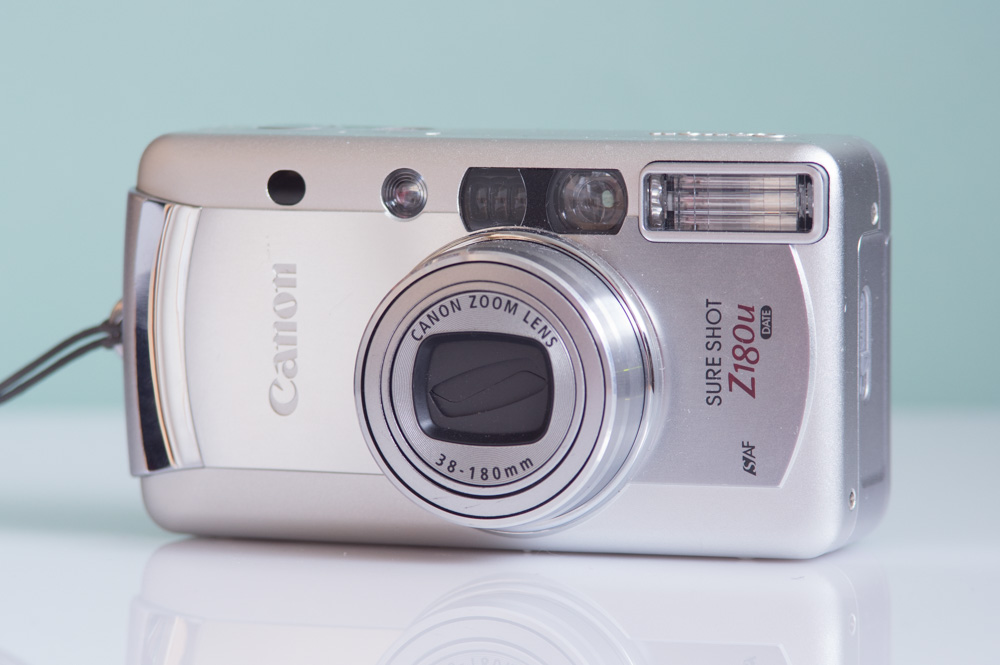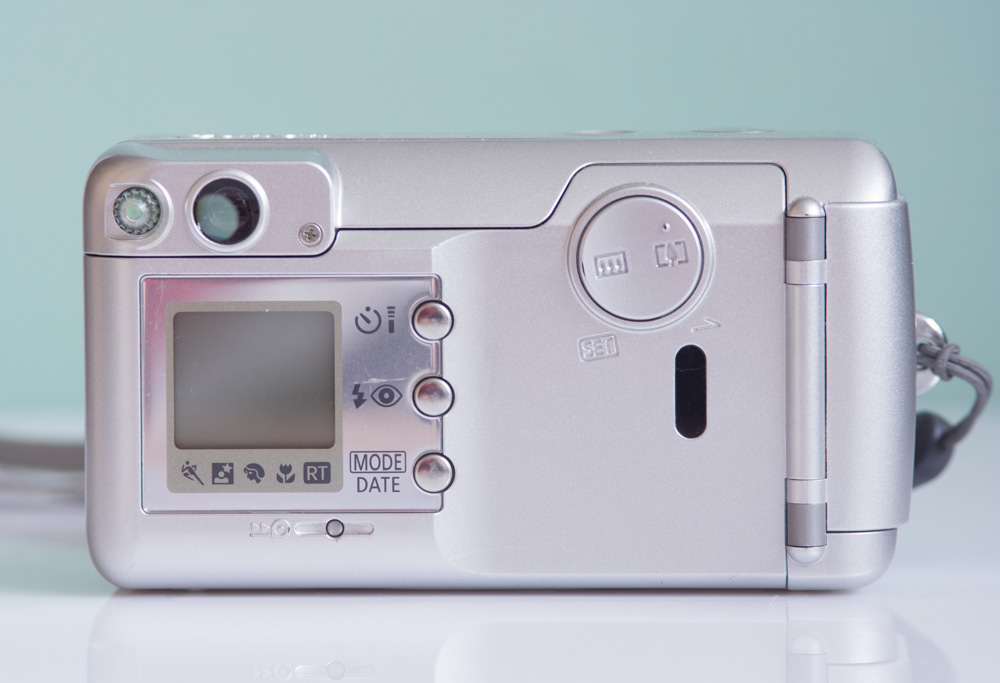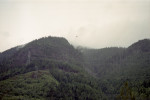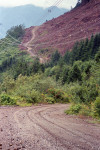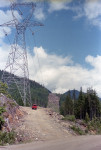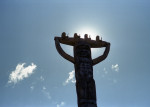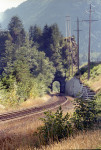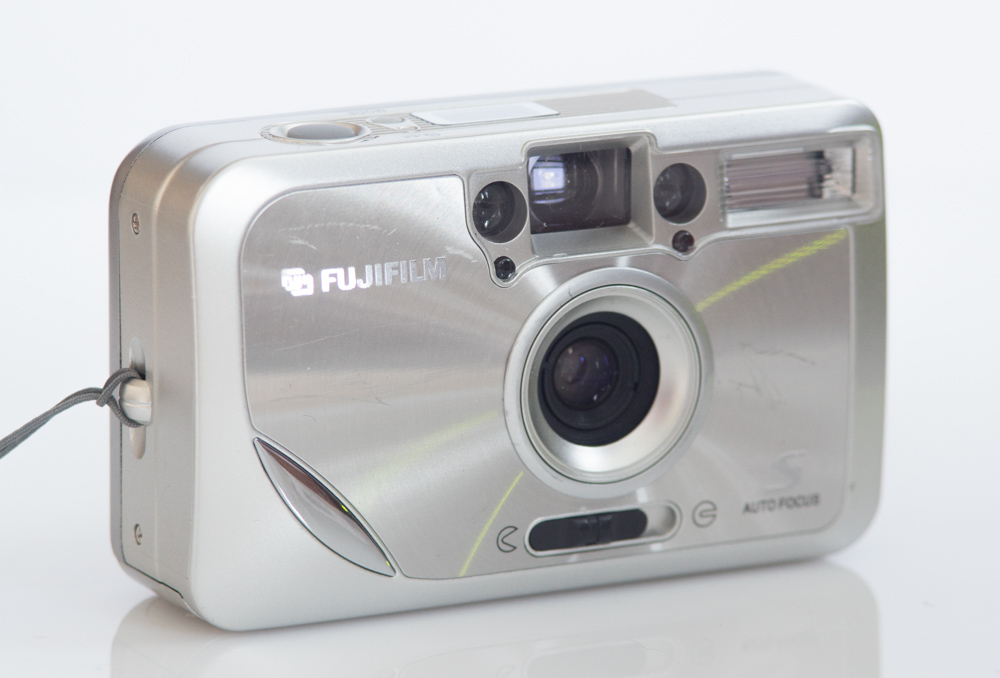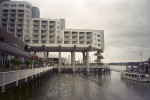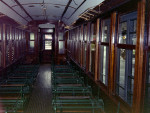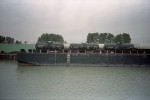Program Mode, you paid for it.
It’s my experience that Program mode on cameras is somewhat misunderstood and maligned by a considerable number of people. It’s often derided as letting the camera make all the decisions, regarded little more than an auto or scene mode. It doesn’t need to be like that at all. After spending likely a large sum of money on a modern marvel of technology why would you then put it in manual mode and use it like it was a camera from 1951? New Photographers are often told to shoot in manual mode so they learn the effect the different settings have which is a good idea for a time however I believe they are encouraged to continue this practice for too long. It is better to allow the camera to meter and to only concentrate on the other aspects that will deliver the image they want. You can learn all the technical aspects of photography in a short time yet spend the rest of your life learning composition.
Before going further let me say there are many reasons to use manual mode such as when working with flash, stitching images, exposures outside of the range of metering or sometimes just for creative control or because you feel like it. Another thing I need to assume for the purpose of this discussion is that the camera also allows shifting of settings in program mode and that’s the key to its effective use.

My first contact with Program mode came with the Minolta X700 a film SLR from the 1980s. With the x700 in Program the camera chose the shutter and aperture for you based on its metering. In fact there is no indication of the aperture that is being used. This is not what you want when you want creative control. One strike against Program mode and a reason for it to be dismissed at the time. The earlier Canon A1 was actually the first SLR to offer a program mode you needed to set a lever to TV and the shutter speed to P at this point the camera would choose the shutter speed and aperture along a ‘program line’. It did tell you what aperture and shutter speed it was selecting but you also had no control over them.
The camera is changing these settings in a predictable linear way based on the metered amount of light, along that program line. (See the modern example below)
The top of the graph indicates the exposure level, the bottom is shutter speed and the right side indicates aperture. The red line indicates where these variables meet inside the camera at a given ISO. Taking EV10 as an example the camera would choose 1/60 sec at f4.0
In the case of the A1 it used center weighted metering which was good but not infallible. Again the lack of control in this mode set the stage for considerable controversy around Program mode. Many people considering its use to be against the idea that the photographer should be in control. I believe these biases against Program mode still persist passed down from photographer to photographer. ‘Real photographers shoot in manual’
I want to jump ahead to today and how Program mode differs from these early versions and why it is so useful.
The program line still exists but can often be modified or selected based on needs. With my Pentax DSLR I can select a program line for shutter speed or aperture either for depth or shallow depth of field or the best optical performance of the mounted lens or ignore all that completely. The program line though should be thought of as the exposure level that the camera has determined for the scene and a starting point.
I’m going to stick with Pentax for this example but it’s true for other advanced cameras though with some differences. While the camera is metering such as after a half press of the shutter button it will determine a combination of shutter speed and aperture for the scene. Taking this as your starting point you can then change a variable such as aperture and the camera will shift the shutter speed to maintain the exposure it believes is correct. In this way it maintains the same amount of light reaching the sensor as you shift through different combinations of shutter and aperture.
And here I must digress again for most scenes the camera is going to be better at determining that exposure than you can. My camera has a multi pattern metering sensor with 86000 RGB points it looks at for any scene. Nikon cameras call this matrix metering and Canon call it evaluative metering. Mirrorless cameras like many Sonys, Panasonic, Fuji or Olympus one up this by metering right off the image sensor. My point is that the meters in these cameras are incredibly accurate and you paid for it.
To use Program mode to its full potential though you need to take this metered value and then adjust the other parameters such as aperture, shutter speed or ISO to achieve the effect you want. Additionally you can vary from the program line using exposure compensation. The reason that you might want to do it this way is that you have a baseline of what a proper exposure would be and you can quantify how much you want to vary from it.
As an example let’s say the camera has metered a scene and selected 1/250 of a second at f5.6 but you want to have a shallower depth of field than that would provide. By altering the aperture to say f2.8 the camera will react by changing the shutter speed to 1/1000 of a second. It’s simple and powerful and places all the variables relating to exposure under your immediate control nothing like the Program mode of old.
As I stated earlier different cameras deal with Program mode differently in the case of Pentax it is incredibly powerful and I’ve found misunderstood by photographers that use different brands. To be fair after doing some research on other camera brands it became clear why it isn’t used as much, it just isn’t as well implemented. In the end you want to take a picture as you expect it to be and how you use your camera to get there is not as important.
The image above illustrates using Pentax’s Hyper-Program mode.
At the other end of the scale is Canon who unfortunately left things not much different from their first implementation. In ‘Program AE’ you can vary along the program line by rotating the input dial just behind the shutter button but as soon as you take a picture the camera will revert back to the program line. This makes this mode not that useful on a Canon.
Nikon’s ‘Flexible Program Mode’ also allows you to vary along the program line by using the rear command dial, it retains this offset between pictures so is far more useful but not as flexible as the Pentax
Sony calls it ‘Program Shift’ and it works in much the same way you turn the control dial or wheel to alter your settings while maintaining the same overall exposure unfortunately it reverts back to the program line after the display times out also making it less useful.
Panasonic ‘Program AE Mode’ allows Program shift through turning of the rear dial when in Program mode much like Nikon.
Unfortunately there are many more aspects that aren’t covered so easily such as using auto ISO in combination with Program mode and all the different variations of cameras even from the same manufacturers. It just isn’t possible to write about it all but I do encourage people to try Program mode and not be swayed by the notion that it makes you less of a photographer. So continue to shoot in manual and treat Program as if it were some automatic mode that takes all control away from the photographer if you must but remember how versatile it can be and that you paid for it.



